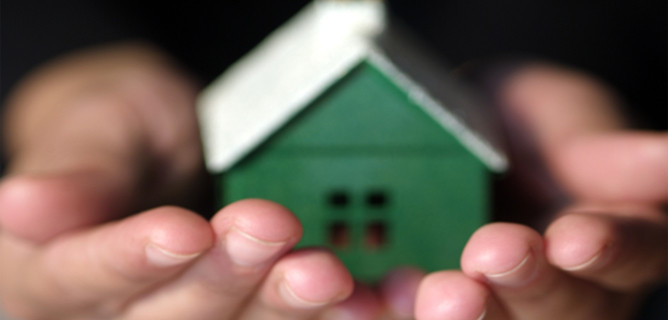
According to the Appraisal Institute, environmental features can add considerable value to a building. But in real estate, a higher perceived value often fails to translate into a higher appraised value, complicating financial transactions and limiting incentives for owners to invest in green. The Appraisal Institute (AI), the most prominent U.S. membership organization of appraisers, aims to change that; appraisers who complete an AI program covering valuation of environmental features in both residential and commercial buildings will receive a certificate in Valuation of Sustainable Buildings.AI expects the nationwide program to increase dramatically the number of appraisers trained in estimating the dollar-value of sustainability features. According to AI board president Joe Magdziarz, “We are trying to get all of our members to take these courses.” The certificate program should also make it easier for clients to find the right appraiser for a green building, according to Magdziarz. “This is just emerging,” he said, “but it’s big.”
Magdziarz said that rapidly changing technology and lack of performance data have hindered the development of appraisal metrics that account for sustainability, but that the courses will help appraisers get a handle on “which questions to ask” and “which items are likely to affect value.”
Still, Magdziarz said, people should not expect every dollar spent on green building features to add a dollar to the value of a building. “There has to be a measurable benefit,” he said, usually projected energy or water savings. For a home, a feature like sustainably harvested wood is unlikely to add to value during an appraisal unless it is “typical and demanded within the market area,” while highly efficient windows would likely add significant value (though perhaps not equal to the original investment, since the value comes from projected energy savings over the life of the building, not the price tag of the windows). With commercial buildings, valuing green features involves another layer of complexity—the demands of tenants—and can sometimes incorporate more amenities. “If there are benefits that tenants like, even though they won’t pay more money for them, that could still translate to higher value,” explained Magdziarz, because the building is more likely to be leased.
Magdziarz also explained how features like energy-efficient appliances can often add more value to a commercial building than they do to a home. That is in part because appliances do not necessarily stay with a home when it is sold, and so a new owner may not get the long-term benefits. In addition, a commercial building owner may derive multiple financial benefits from investing in efficient appliances, said Magdziarz. “Advertising this may result in higher rents, better occupancy, and income tax benefits,” he explained. “If the apartment owner pays utilities, they will likely be less. This translates into more income from the rental being retained by the owner. Also, as tenants move out, the appliances stay. This enhances the real estate value.”
Real estate developer John Knott, president and CEO of the Noisette Company, applauds the shift toward including green features in real estate appraisals. “I’ve never understood why appraisals can’t look at that stuff,” he told EBN. However, as a specialist in urban revitalization and holistic, ecosystem-sensitive community development, Knott would like to see even more radical changes to the appraisal process. He believes that we could get a better sense of the true value of a building by broadening the focus to include the value it creates in its community rather than simply its market value.
Source: www.appraisalinstitute.org
Courtland Building Company would love to help you plan your green home, call us today: (281) 932-4494
Visit our website: www.courtlandbuildingcompany.com Follow Us on Facebook – Twitter – LinkedIn

